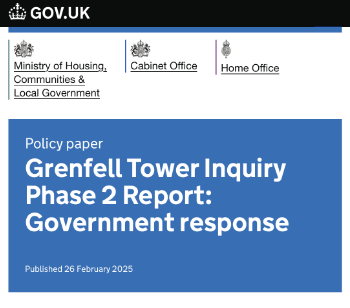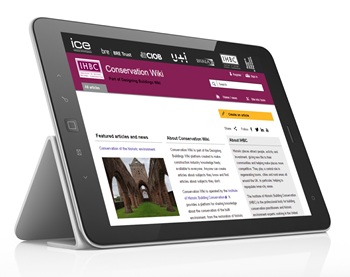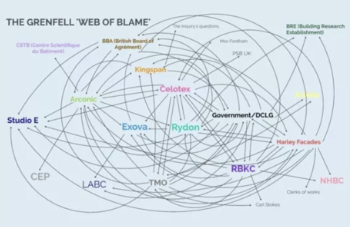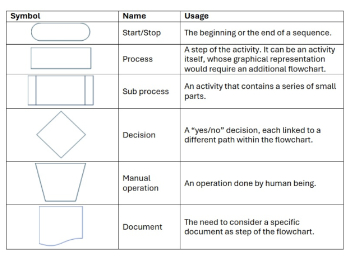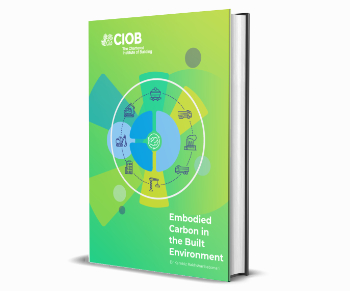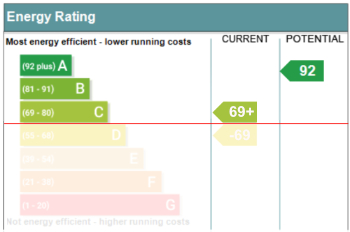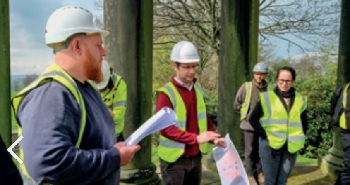Project 13 programme
Greater organisational collaboration and less dependence on traditional contracting models will enable the more effective delivery of major infrastructure projects and programmes in the built environment sector.
In May 2018, the Infrastructure Client Group (ICG) launched Project 13 which is intended to boost productivity levels across industry and bring about a series of improvements to the quality and reliability of the UK’s infrastructure networks.
The collapse of Carillion has put at risk thousands of jobs, a number of major infrastructure projects, and the delivery of key public sector contracts.
This includes a £1.4bn HS2 contract, the £335m Royal Liverpool Hospital, and the £350m Midland Metropolitan Hospital, alongside all of the maintenance services that the contractor currently provides at hospitals and prisons across the UK.
The gravity of the situation is significant and a long-term solution that safeguards the futures of Carillion employees and its service users is urgently required.
Within the context of the overall health of contracting it is also an important moment to take stock and ask some pretty fundamental questions:
- Are current delivery models fit for purpose?
- What steps are necessary to improve the delivery of major infrastructure programmes and projects?
Low profit margins in any industry are not desirable and the built environment sector is no different. Recent figures highlight that the average pre-tax profit margins for the ten largest tier 1 contractors sits at a worrying -0.5%. Clearly this is not sustainable in the long-term and the troubles at Carillion should act as a wake-up call for the rest of the sector.
While a new delivery model is almost certainly an answer, it is important to understand the factors that can impinge on a contractor’s ability to make a fair, sustainable margin before embarking on a path of wholesale change.
These can range from not having the most suitable team in place to deliver a specific project, accepting a fixed price too early in the design process (without allowing for design creep or other technical challenges further down the line), through to agreeing speculative or onerous terms with a new client.
That’s not to say there aren’t any effective approaches already being taken. Collaborative projects that allow detailed design, risk mitigation and price to be developed at an early stage can help generate more sustainable levels of profit. This is also true of framework approaches where there is an opportunity to win separate contracts with a trusted customer over a period of time.
But in order to improve delivery on a more consistent basis and bring about a real uplift in productivity levels and the overall performance of infrastructure networks – from roads and railways to our energy supply and flood defences – requires a new approach. ICE believes that is the promise of Project 13.
Project 13 sets out a delivery model based on effective collaboration between client organisations, contractors and other delivery partners. It defines value within the context of overall outcomes per whole life cost rather than lowest capital cost. The objective is to deliver high performing and resilient infrastructure networks.
Four organisations have been announced as ‘Early Adopters’ of Project 13, forming an implementation group to share experiences and learnings of the new principles.
The Early Adopters are Anglian Water’s Capital Delivery Alliances, the Environment Agency’s Next Generation Supplier Arrangements, Heathrow’s expansion and National Grid’s London Power Tunnels project.
Robert Jenrick MP, Exchequer Secretary to the Treasury, speaking at the Project 13 launch said:
"We are investing record amounts in infrastructure to help boost our national productivity and build an economy fit for the future. But we are clear that we need to get the most out of every penny of taxpayers' money we spend and the construction industry has to do more to close its own productivity gap if we are to succeed. We welcome this important industry response that will help drive improvements."
Dale Evans, Chair of the ICG and Director of @One Alliance said:
“We are pleased launch the implementation phase of Project 13. This project has bought together individuals and organisations from across the sector and within government to think seriously about how we can better provide infrastructure for the future. We hope that industry will embrace this approach so we can begin working towards a more sustainable and productive future for our sector.”
Nick Baveystock, ICE Director General said:
“The launch of Project 13 is the chance for industry and government to change how we deliver our infrastructure. Developed between industry, clients and government over a number of years, Project 13 places customers at the heart of our national infrastructure programme, focusing on the social and economic value infrastructure can provide over the long-term.
“We look to government to continue to support a solution developed by and with the industry with all the potential benefits for the public and the taxpayer. This is a win-win. We should just ask ourselves why wouldn’t we want to use Project 13 principles to deliver better value?"
Project 13 is sponsored by the ICG with support from ICE and is aligned with current UK government and industry initiatives to improve infrastructure performance. The ICG is a joint group of industry figures, academics and infrastructure owners with 19 members from 16 different client organisations. These represent public, private and regulated infrastructure sectors including Highways England, Network Rail and National Grid.
This article was originally published here by ICE on 25 Jan 2018 and here by ICE on 1 May 2018. It was written by Ben Goodwin, ICE Lead Policy Manager.
--The Institution of Civil Engineers
[edit] Related articles on Designing Buildings Wiki
- Articles by ICE on Designing Buildings Wiki.
- Best value.
- Carillion.
- CDM 20-20 vision - changing the culture.
- Fair payment practices.
- Infrastructure.
- Infrastructure integrator.
- Infrastructure investor.
- Managing the procurement process.
- National Infrastructure Plan.
- Optimism over infrastructure project delivery.
- Project 13 and World Economic Forum partnership.
- Public contracting authority.
- Public procurement.
- Ripe for transformation, ready for change?
Featured articles and news
ECA digital series unveils road to net-zero.
Retrofit and Decarbonisation framework N9 launched
Aligned with LHCPG social value strategy and the Gold Standard.
Competence framework for sustainability
In the built environment launched by CIC and the Edge.
Institute of Roofing members welcomed into CIOB
IoR members transition to CIOB membership based on individual expertise and qualifications.
Join the Building Safety Linkedin group to stay up-to-date and join the debate.
Government responds to the final Grenfell Inquiry report
A with a brief summary with reactions to their response.
A brief description and background to this new February law.
Everything you need to know about building conservation and the historic environment.
NFCC publishes Industry White Paper on Remediation
Calling for a coordinated approach and cross-departmental Construction Skills Strategy to manage workforce development.
'who blames whom and for what, and there are three reasons for doing that: legal , cultural and moral"
How the Home Energy Model will be different from SAP
Comparing different building energy models.
Mapping approaches for standardisation.
UK Construction contract spending up at the start of 2025
New construction orders increase by 69 percent on December.
Preparing for the future: how specifiers can lead the way
As the construction industry prepares for the updated home and building efficiency standards.
Embodied Carbon in the Built Environment
A practical guide for built environment professionals.
Updating the minimum energy efficiency standards
Background and key points to the current consultation.
Heritage building skills and live-site training.














